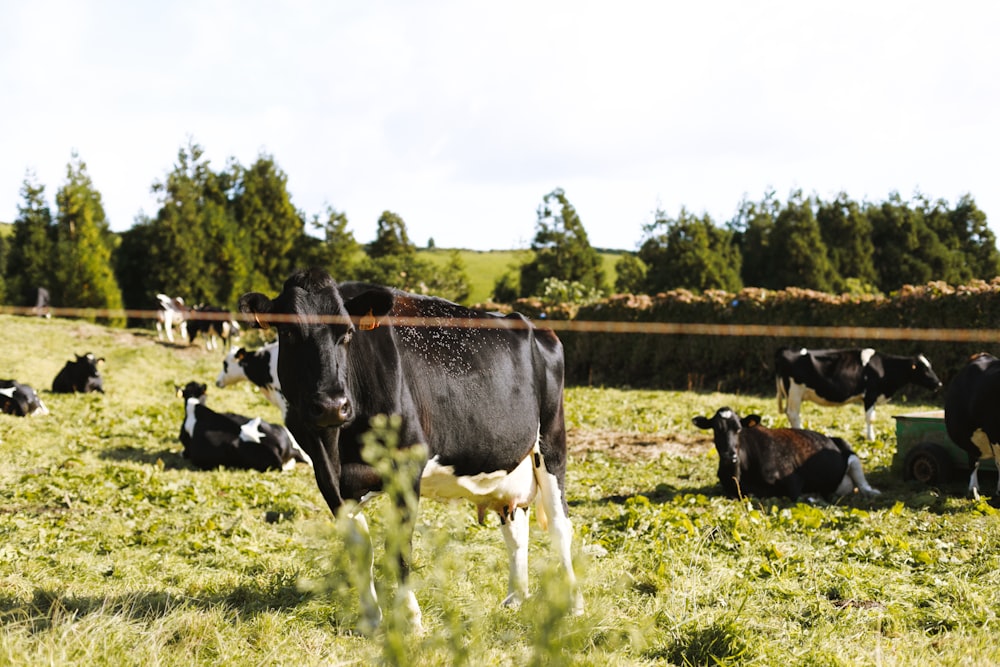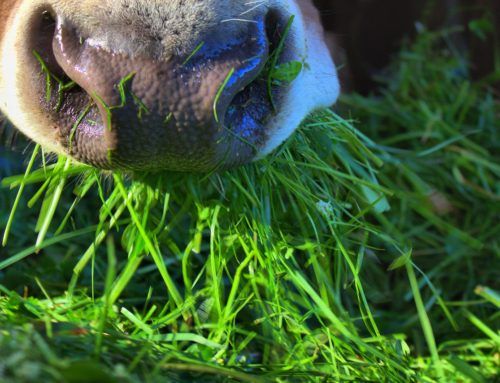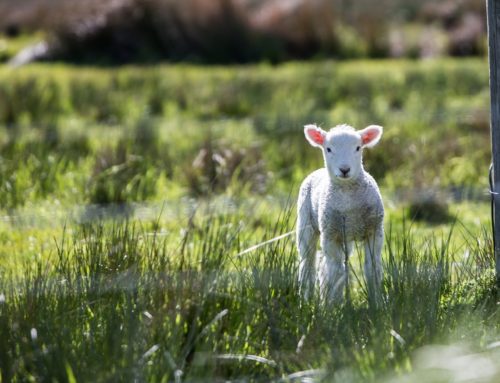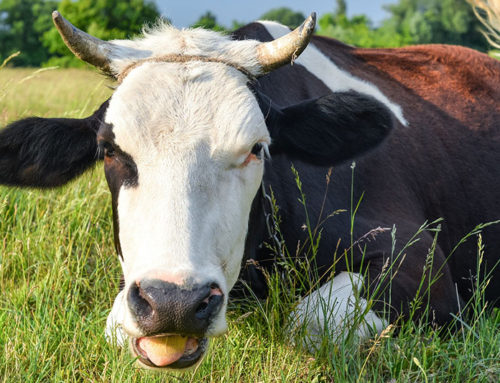What is Silvopasture?
Silvopasture is a popular agroforestry and agriculture practice that involves collective management of trees, livestock, and forage to enhance the overall production of all three. Silvopasture can be set up either by planting trees in a current field or by planting forage in a previously existing stand of trees. Livestock grazing within woodlands is an ancient practice globally, however, this method of grazing was formerly criticized due to its negative impact on the environment that lead to overgrazing and destroyed forests.
Functional Tree Plantation with Silvopasture
With modern silvopasture techniques that involve growing premium quality trees together with forages on the same land base. By following the silvopasture methods, farmers will not only receive premium foregoes but they will have access to the functional plantation of trees to improve farming yield.
Trees help to diminish air contamination, control stormwater, catch carbon, improve water quality, and they help reduce excessive energy consumption. In a silvopasture situation, trees are essential for providing a safe shelter for wild animals and birds.
Moreover, trees are beneficial in protecting watersheds and the soil. Apart from these benefits, trees are a major resource for timber products. Silvopasture encourages the growth of herbaceous plants that serves as a major food source for livestock and other animals.
Management Practices for Silvopasture
Now that we know what silvopasture is, it’s time to focus on how to introduce this method in an agriculture-based setting. Generally, silvopasture is created by employing three distinct methods, which are briefly discussed below:
-
Planting Trees into an Existing Pasture
To understand the first approach, it’s essential to understand the soil of the land where you wish to plant trees. When you have everything that you need related to the soil, it’s time to make a long term investment and purchase premium quality tree seedlings. With the right tree crop that’s ideally matched with soils magnifies the chances of carrying a profitable livestock operation along with creating a continuing investment associated with forest products and timber. Farmers can include fencing to protect the plantations from damage by unnecessary grazing.
When the trees are young, they provide adequate light to promote forage production. While the trees are growing, they provide the added benefit of shelter for livestock from excessive heat and other weather conditions, which improves the health, and performance of livestock.
-
Forages in the Woods
In the second approach to silvopasture, select forages located in intensively operated forest areas. The biggest benefit of choosing a highly manipulated forest area is that it can be cooperatively used for timber production and grazing cattle or livestock. The higher forage production would directly improve silvopasture in that area. However, adjusting soil fertility levels fo silvopasture is essential for agriculture growth and forage development.
A farmer or any other farming expert can adjust the light by altering the tree density as required and through managing adequate tree spaces. For successful long-term forage growth, it’s important to maintain the quality of the trees planted which eases the process of matching the forage with grazing purposes and availability of light.
-
Choosing the Right Livestock or Cattle
The last approach to successful silvopasture is choosing the right cattle and sheep. They are the most common animals used during silvopasture implementation. Choosing the right breed is absolutely essential to maintain the quality of the livestock. Use a large fence from a reliable livestock fence building company to prevent the cattle or livestock from trampling the young trees.
Sheep is the most preferred livestock for many farmers who wish to be a part of silvopasture. Compared to cattle, sheep will have a reduced impact of the wet soil and they will not trample the young trees while grazing to be on the safe side, it’s essential to install fencing to protect the seedlings.
Merits of Silvopasture
Silvopasture method is the process of intentionally combining trees, forage, plants, and livestock together as a single intensively managed system that’s designed to enhance profitability in agriculture. Transferring from traditional farming and herding method to modern silvopasture techniques has several benefits such as:
Better Return on Investment
Silvopasture provides a stable cash flow by adding a livestock component to it before any timber or nut harvest such as pine, pecan, and popular. With three different sources of income, silvopasture can diversify any forestry or agriculture enterprise. When the trees and forages are young, they need adequate fencing to protect them from being trampled by the cattle or livestock. Allowing the trees to fully grow to their full potential is key to the successful implementation of silvopasture.
Other Silvicultural Benefits
Pasture fertilization, nitrogen-fixing forage special and animal manure are all essential elements that help enhance the tree and soil nutrition which aids in silvopasture process. By introducing grazing controls it’s possible to reduce the risk of fire. Wider spaced trees are less competitive when employed with silvopasture. As a result of the reduced competition between trees, you can expect a higher timber yield. If you have a small farm, the best approach will be to plant the trees on existing pastures in widely spaced single or double rows for maximum yield.
Sheltered Microclimate
Appropriate livestock fence building together with trees can help create a sheltered microclimate that plays a pivotal role in protecting livestock and other wildlife from excessive harmful effects of the climate. It protects them from extreme heat in summer and freezing cold in winter. These conditions promote forage quality and growth.
Nut Trees for Grazing Livestock or Cattle
The small alleys formed between the trees such as pecans and black walnuts are ideal for legume growth, these legumes act as premium forage for livestock to graze on. Farmers can use grazing instead of mowing to prevent soil erosion and enhance wet-weather trafficability. Make sure that the trees are at least 10 to 12 feet tall before introducing cattle or livestock in the field for grazing. Smaller trees will be trampled and rendered useless if proper fencing is not constructed to protect the trees.





